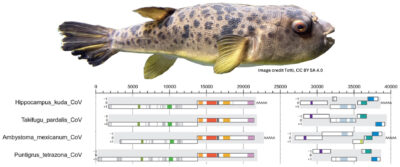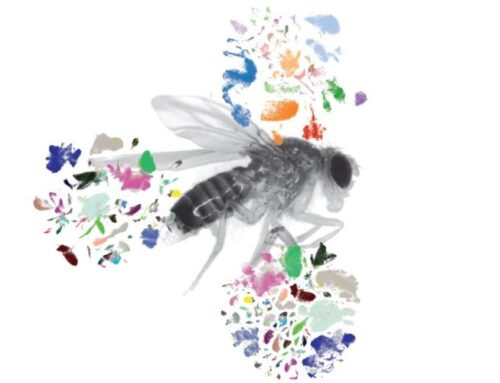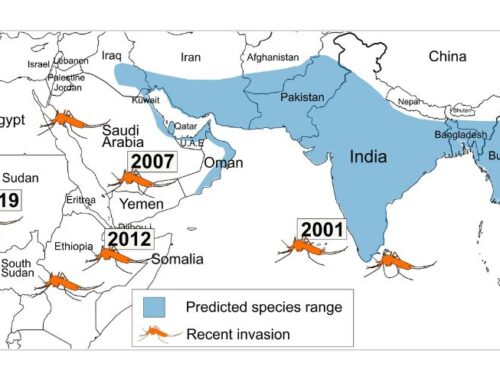Researchers Find Coronaviruses – In Fish
 A team of scientists including Dr. Ben Neuman of the TAMU Biology Department has turned up some new coronaviruses in an unexpected place – fish. None of these viruses is known to infect people, or even cause a disease in the fish they infect. “It’s important to remember these aren’t really new viruses – just another tiny taste of the vast number of viruses that we believe are circulating unnoticed in the world.” Said Dr. Neuman.
A team of scientists including Dr. Ben Neuman of the TAMU Biology Department has turned up some new coronaviruses in an unexpected place – fish. None of these viruses is known to infect people, or even cause a disease in the fish they infect. “It’s important to remember these aren’t really new viruses – just another tiny taste of the vast number of viruses that we believe are circulating unnoticed in the world.” Said Dr. Neuman.
When the researchers looked closer, they noticed something very unusual about the new viruses. The new viruses had the usual genetic instructions that we might expect to find in a coronavirus, but split into two genetic pieces. The researchers performed some extra experiments to check if this was correct, and found that many of the new viruses had indeed taken a “divide and conquer” evolutionary route.
But why might a virus cut itself in half? Dr. Neuman said, “It’s not something we have really seen before in coronaviruses. Splitting a virus in two genetic pieces has some pros and cons from the perspective of a virus – it adds a new supply chain management burden so the right pieces end up in the right places at the right times, but it potentially lets viruses evolve faster by making it easy to mix and match genetic segments. There is a tradeoff between logistics and flexibility.”
The new viruses were described by an international team led by Dr. Chris Lauber of Twincore in Hannover, Germany, and appear in a new publication in the journal PLOS Pathogens.





